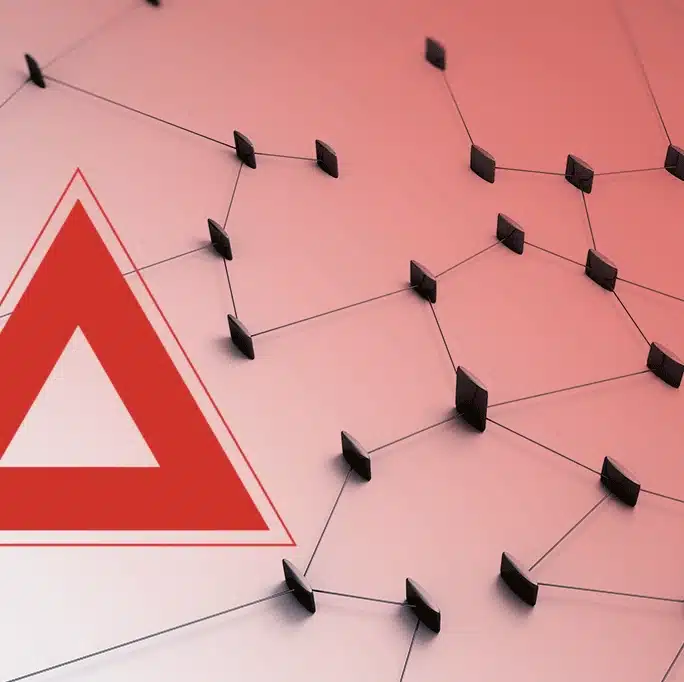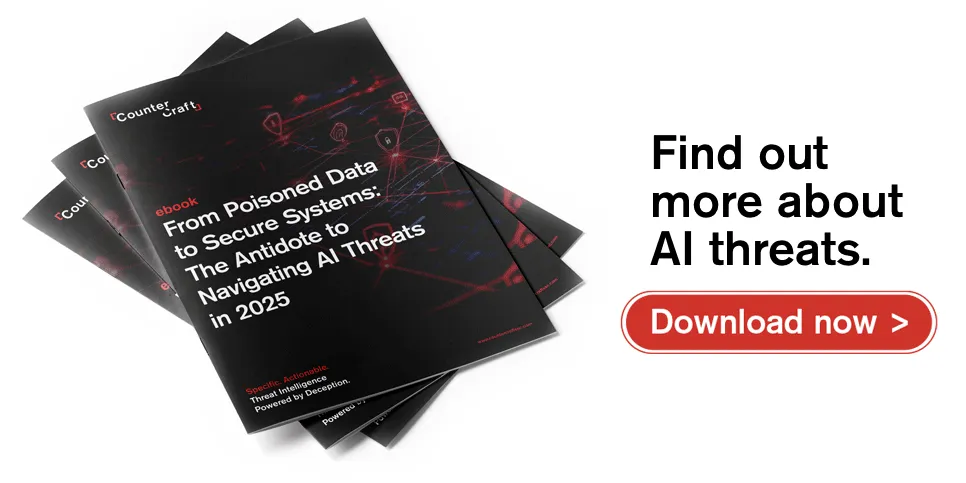Before a breach hits the news or a ransomware payload locks down your systems, attackers are already inside your digital footprint, quietly observing, analyzing, and planning. This is the reconnaissance phase, the crucial opening move in any sophisticated cyberattack.
Part of the cyber kill chain, reconnaissance allows attackers to build a blueprint of your organization’s infrastructure. With enough data, they can identify weak points, prioritize high-value targets, and prepare intrusion strategies with surgical precision.
Yet, this critical stage often goes unnoticed. It’s silent, subtle, and dangerously effective. The good news? With the right deception strategy, it’s also disruptible.
What Is Reconnaissance in Cybersecurity?
Reconnaissance refers to the intelligence-gathering activities attackers perform to learn about your systems, people, and potential entry points. It’s foundational to how they understand your environment before launching a full-scale intrusion.
There are two primary forms of recon: passive and active.
Passive reconnaissance involves collecting data without touching your systems directly. Open-source intelligence (OSINT)—like employee LinkedIn profiles, DNS records, company blogs, or GitHub repositories, offers attackers plenty of material. They study job posts to find out what tools you use. They mine leaked credentials or breach dumps for usable passwords. And they watch from the sidelines, often blending in with internet background noise.
Active reconnaissance, on the other hand, is more invasive. It includes techniques like port scanning, network probing, and banner grabbing. Here, the attacker interacts directly with your infrastructure—mapping out live systems, analyzing exposed services, and testing your defenses. While riskier for the attacker, active recon delivers more detailed intel and if your defenses aren’t tuned to detect it, it may still go unnoticed.
Why Reconnaissance Matters More Than You Think
Many organizations underestimate the importance of this early attack stage. Yet reconnaissance is the foundation of every data breach, ransomware attack, and APT campaign. Once attackers gather enough information, they can craft custom exploits, choose stealthy entry points, and execute precise lateral movements within your network.
In this phase, the adversary’s goal isn’t destruction -it’s understanding. And the more they understand your environment, the more control they gain over how and when they attack.
For enterprise leaders, this presents a serious challenge. The longer reconnaissance goes undetected, the more time attackers have to build a near-complete blueprint of your systems, often before a single defense has been triggered.
Why Traditional Security Doesn’t Catch Recon
Security tools like firewalls and endpoint protection excel at blocking known threats. But reconnaissance often mimics legitimate traffic. Passive OSINT scraping doesn’t interact with your infrastructure. Even active scanning, if performed slowly or obfuscated, may not raise alarms.
This leaves a critical visibility gap – you don’t know what attackers are learning until it’s too late. Even if you monitor for scanning behavior, the alerts may get buried in noise or dismissed as false positives.
That’s where deception technology brings unmatched value: it introduces signals where there were none, turning silence into insight.
How Deception Disrupts Reconnaissance
Unlike traditional defenses that passively monitor, deception technology engages and misleads adversaries during recon.
By deploying fake systems, decoy services, and synthetic credentials across your environment, deception creates a fabricated layer of infrastructure. To an attacker, these look indistinguishable from real systems. But to defenders, they’re tripwires designed to alert on unauthorized interaction and confuse the attacker’s mental map.
For example, a scanner might detect what appears to be an outdated server running vulnerable software. But it’s actually a deception asset: isolated, monitored, and ready to capture the attacker’s methods. Any engagement triggers an alert, providing defenders with a rare early warning signal.
This approach doesn’t just stop recon. It turns it against the attacker, revealing their intent and tactics without compromising your real infrastructure.
A Real-World Example: Disinformation as Defense
Let’s say an attacker scans the perimeter of a global healthcare provider and identifies what looks like an exposed database server tied to a research unit. Unbeknownst to them, the system is a carefully crafted decoy, complete with fake patient records and misleading domain structures.
As the attacker attempts to query the database, their IP, payloads, and scan techniques are logged and analyzed. Meanwhile, security teams observe their path, tools, and motivations in real time.
No actual data was ever at risk—but now the defenders have actionable threat intel, and the attacker is left chasing shadows.
Why Deception Works So Well in Recon
Deception is uniquely positioned to disrupt recon for three key reasons:
First, it expands your attack surface artificially, offering attackers more to see without exposing real systems. The more noise they encounter, the longer it takes for them to find anything of value.
Second, deception feeds false intelligence. When attackers scan systems and receive fake banners, bogus DNS records, or dummy credentials, their understanding of your environment becomes deeply flawed, leading them into dead ends. As explored in this ebook on AI-driven threats, advanced deception techniques are now essential for feeding attackers poisoned data and skewing their perception during reconnaissance.
And finally, deception creates controlled engagement zones. These are environments where you can safely observe, analyze, and respond to threats without risking disruption to production systems.
The Strategic Importance of Detecting Recon
For CISOs, CTOs, and COOs, reconnaissance isn’t just a technical concern, it’s a strategic blind spot. And the longer you let it go undetected, the more vulnerable your real infrastructure becomes.
Stopping recon early means:
- Reducing the chance of a successful breach
- Identifying attacker intent before exploitation
- Strengthening your security posture with real-world attacker data
Think of it this way: when attackers are planning, they’re quiet. If you can catch them before they act, you control the tempo of the battle.
Turning the Tables: What Leaders Can Do
To counter reconnaissance effectively, security leaders should embed deception at both the perimeter and the core of their defense strategy.
Start by placing decoy assets where attackers are most likely to scan public-facing apps, exposed APIs, or credential stores. Then, layer internal deception across identity systems, file shares, and application infrastructure.
Every time an attacker touches a deception asset, you not only detect their presence, you gain visibility into how they think. This intelligence helps your teams fine-tune defenses, prioritize real vulnerabilities, and proactively adapt to emerging threats.
You Can’t Hide from Recon, but You Can Hijack It
Reconnaissance is inevitable. Whether through search engines, passive scraping, or active probing, attackers will learn something about your organization. But with the right deception strategy, you decide what they learn and how useful that information really is.
You don’t need to outspend or outscale the attacker. You just need to make their data unreliable and their path uncertain.
With deception you don’t just stop attacks, you stall, confuse, and control them.
How CounterCraft Helps
CounterCraft flips reconnaissance on its head. Our deception technology plants lifelike decoys and false data across your network, feeding attackers misinformation from the moment they start probing.
Every touchpoint with a deception asset triggers a high-confidence alert, giving your teams instant visibility into hostile recon activity. Instead of quietly mapping your environment, attackers waste time chasing shadows while you gather actionable intelligence.
Scalable across hybrid and multi-cloud environments, CounterCraft integrates seamlessly with your existing tools, delivering enriched telemetry straight into your SIEM or XDR. The result? Faster detection, cleaner signals, and fewer surprises.
Stop reconnaissance before it becomes an attack. Request your demo today.


